
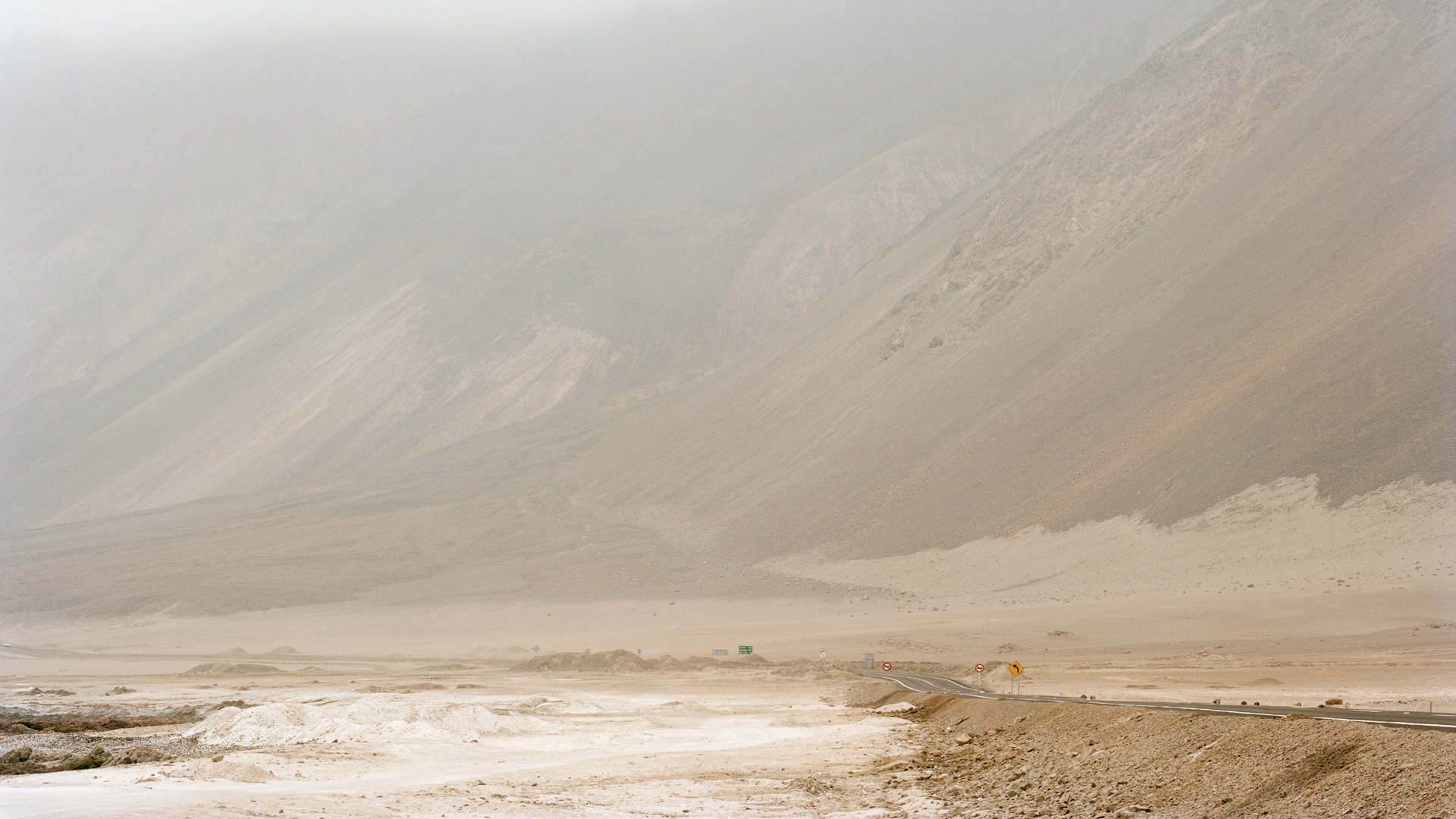
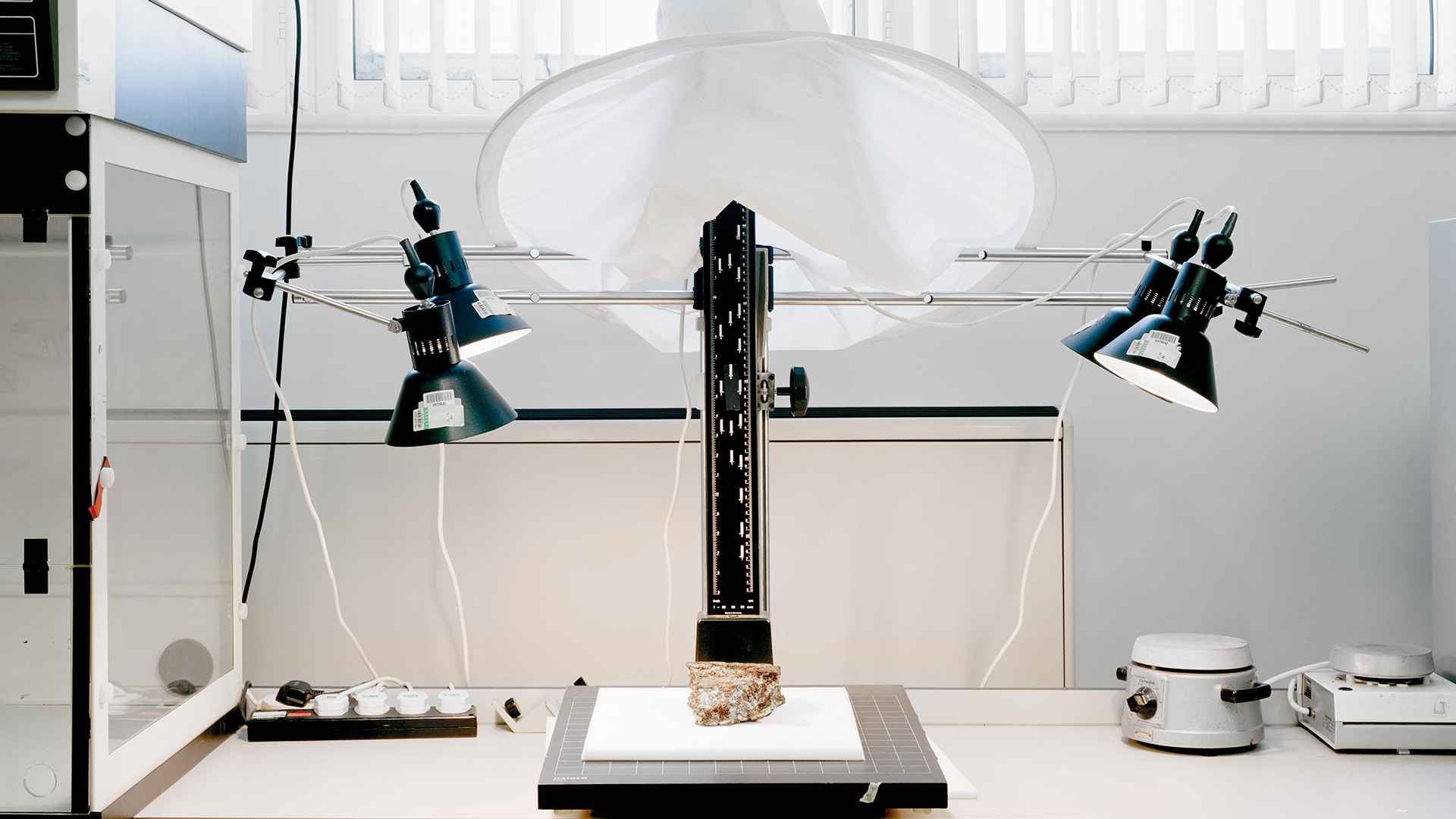
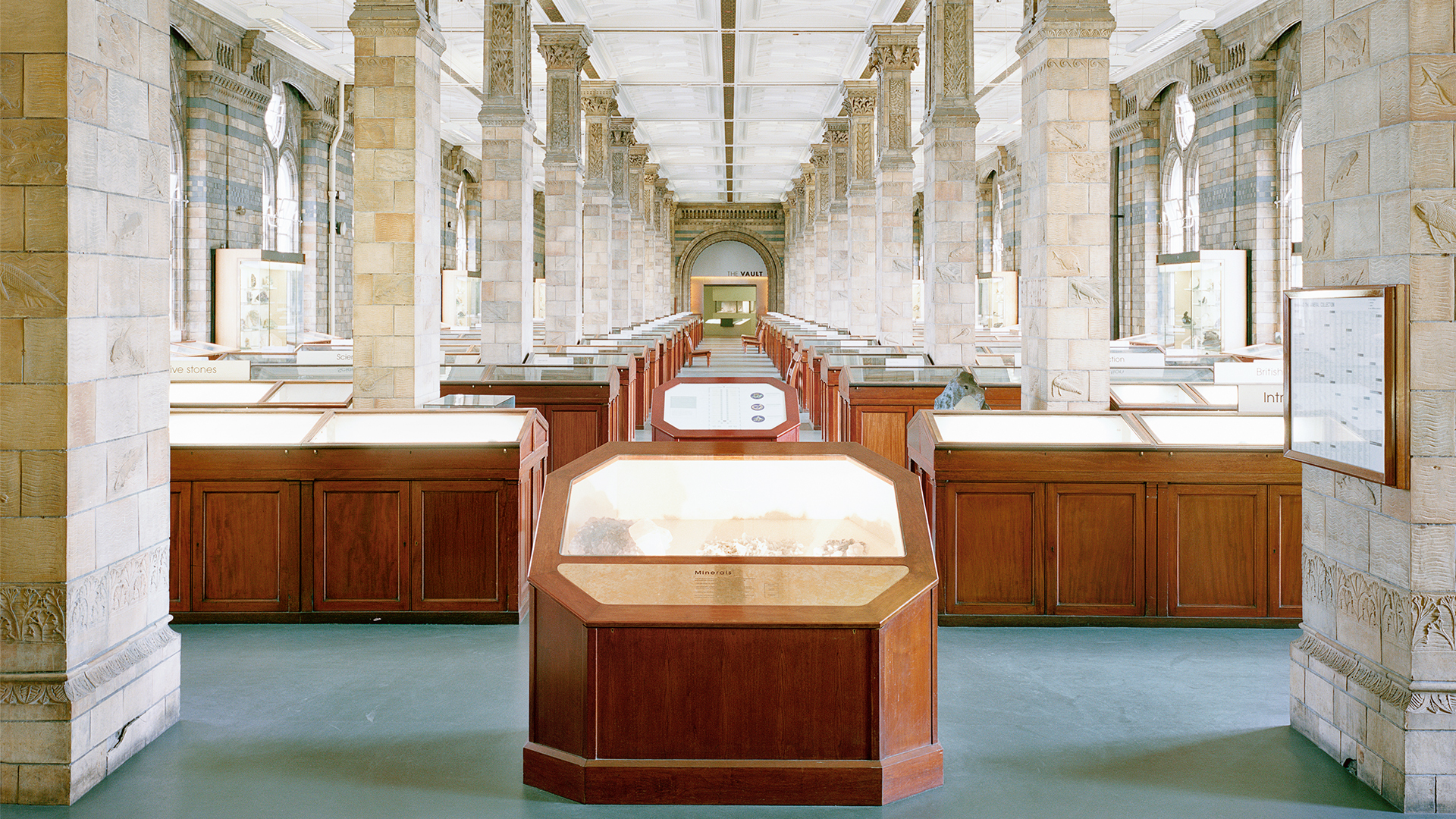
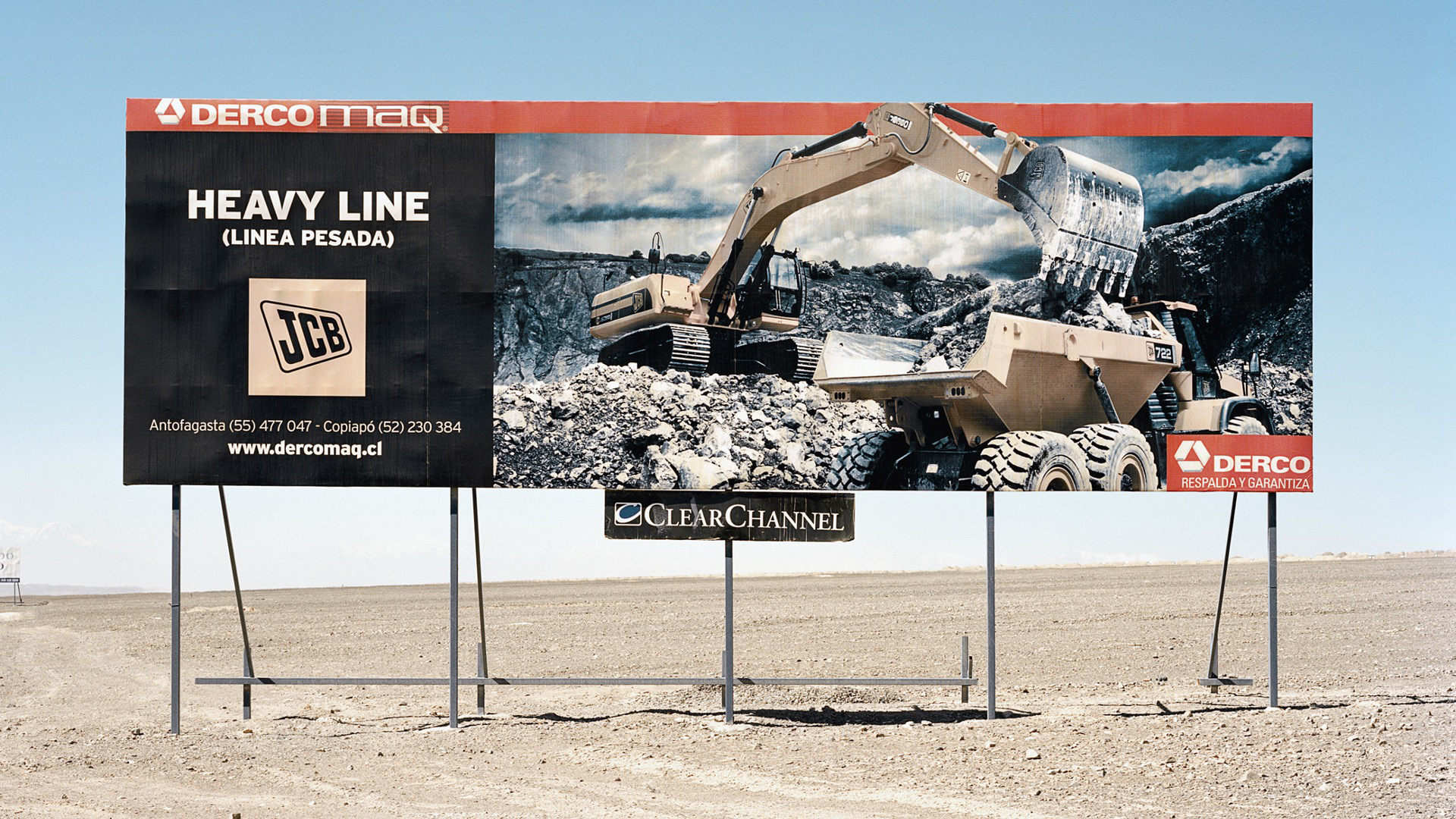
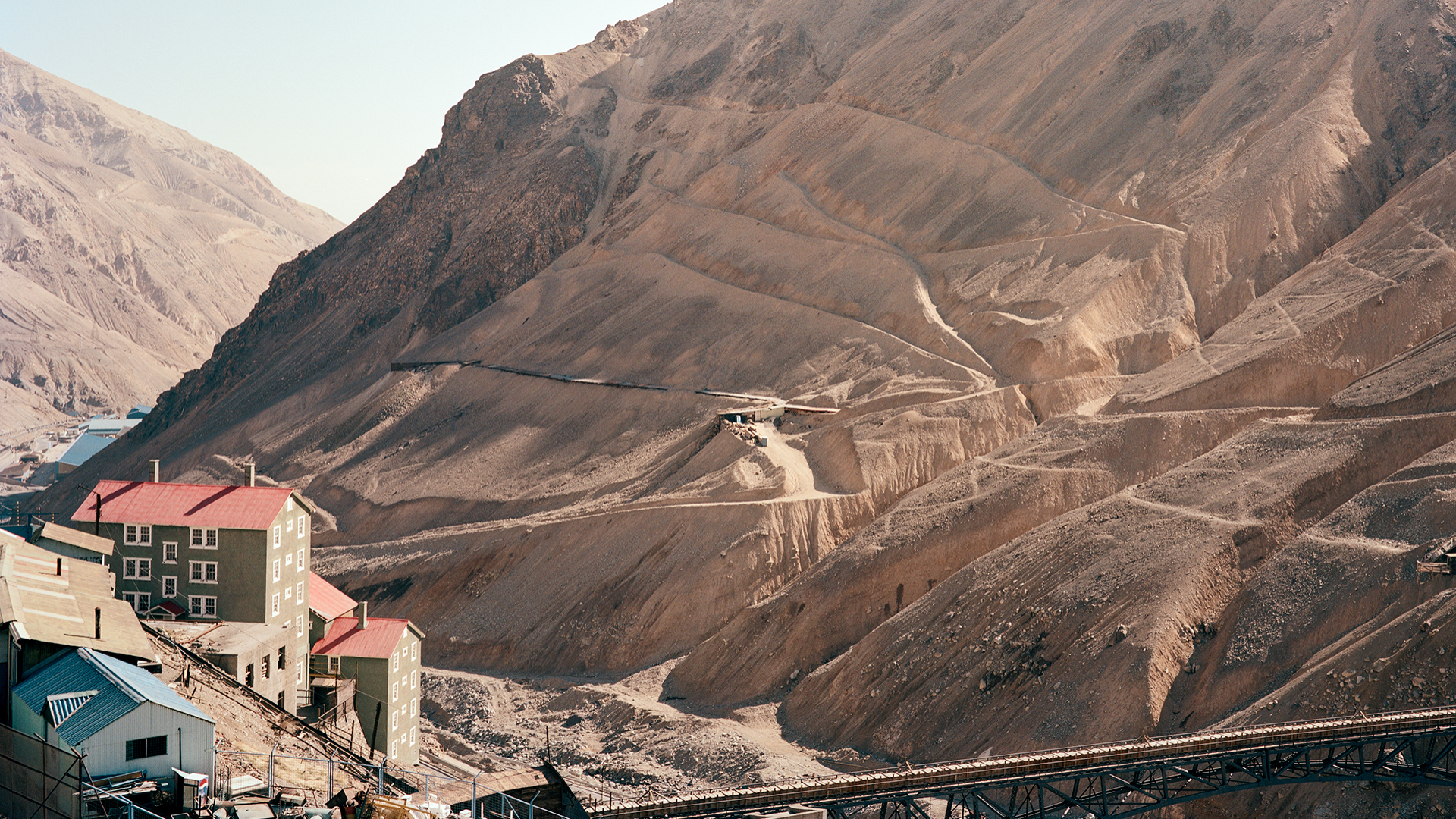
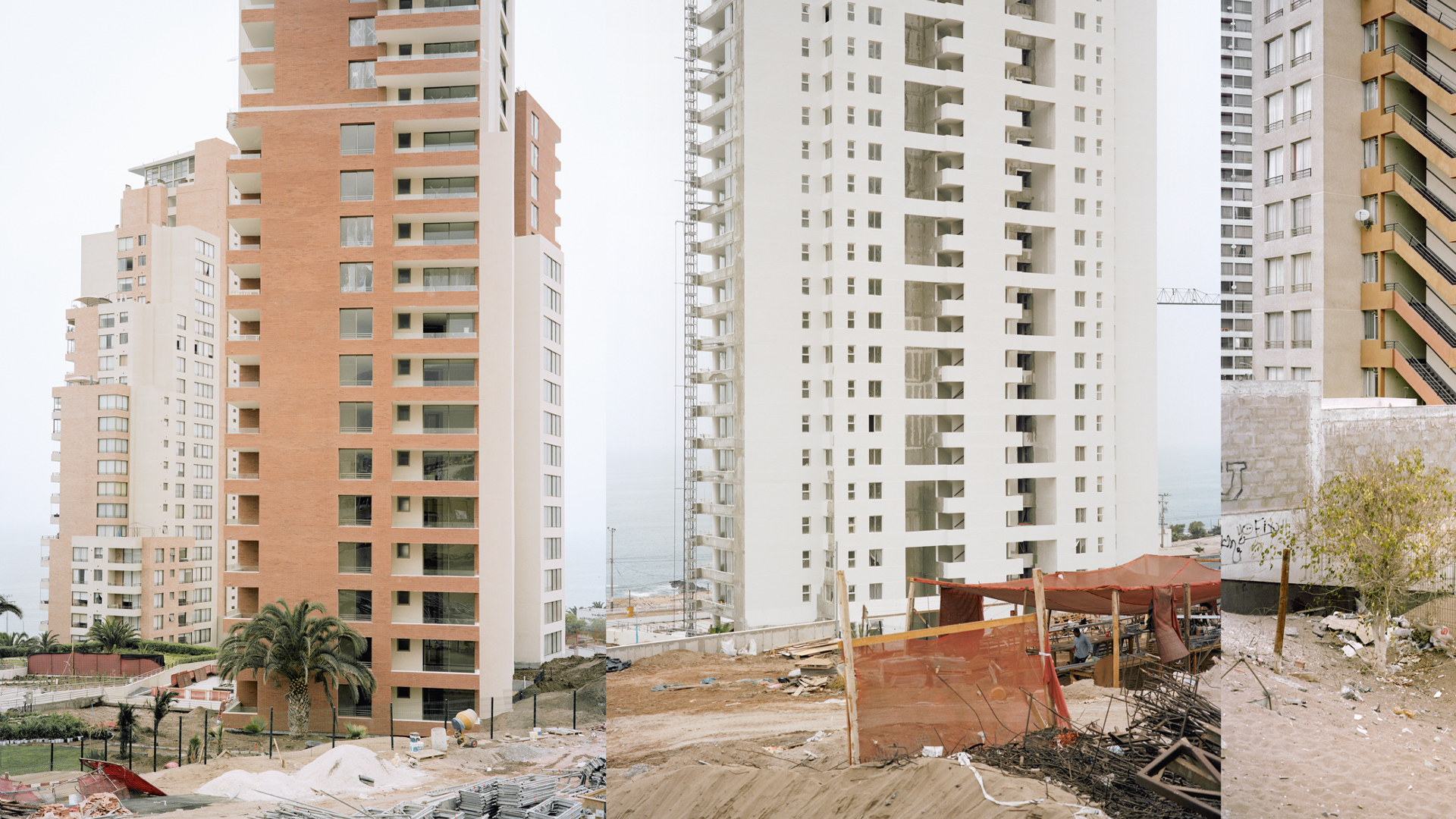
Due to its unique geological configuration in the Andean subduction zone, Chile contains the world’s largest deposits of copper: 27.5 percent of global reserves, mainly located in the Atacama Desert. Around 40% of the world’s copper is produced in Chile. The resulting ecology of extraction in the Atacama has come to be at the centre of a series of political and environmental disputes. Seven of the twenty largest copper mines are in Chile, including the very largest, Escondida, in the Atacama Desert. Chile has one of the highest numbers of recorded conflicts related to mining in Latin America. Amongst the many conflicts that have arisen are protracted legal battles involving, on the one hand, the big multinational corporations that control 70 percent of Chilean copper output, and on the other, the indigenous agricultural communities struggling with growing desertification, water contamination and land expropriation.
Chile has a long history of exploitation from foreign nationals that goes back to colonial times. British capital played a key role in the development of the Chilean economy as a whole, and particularly in the management of its copper and nitrate resources in the nineteenth century. In the early twentieth century, U.S. investors, such as the Guggenheim brothers, took over the extraction of Chilean minerals. In the late twentieth and twenty-first centuries a mix of multinational corporations together with the state-owned mining corporation Codelco have been responsible for roughly one third of global copper production.
--

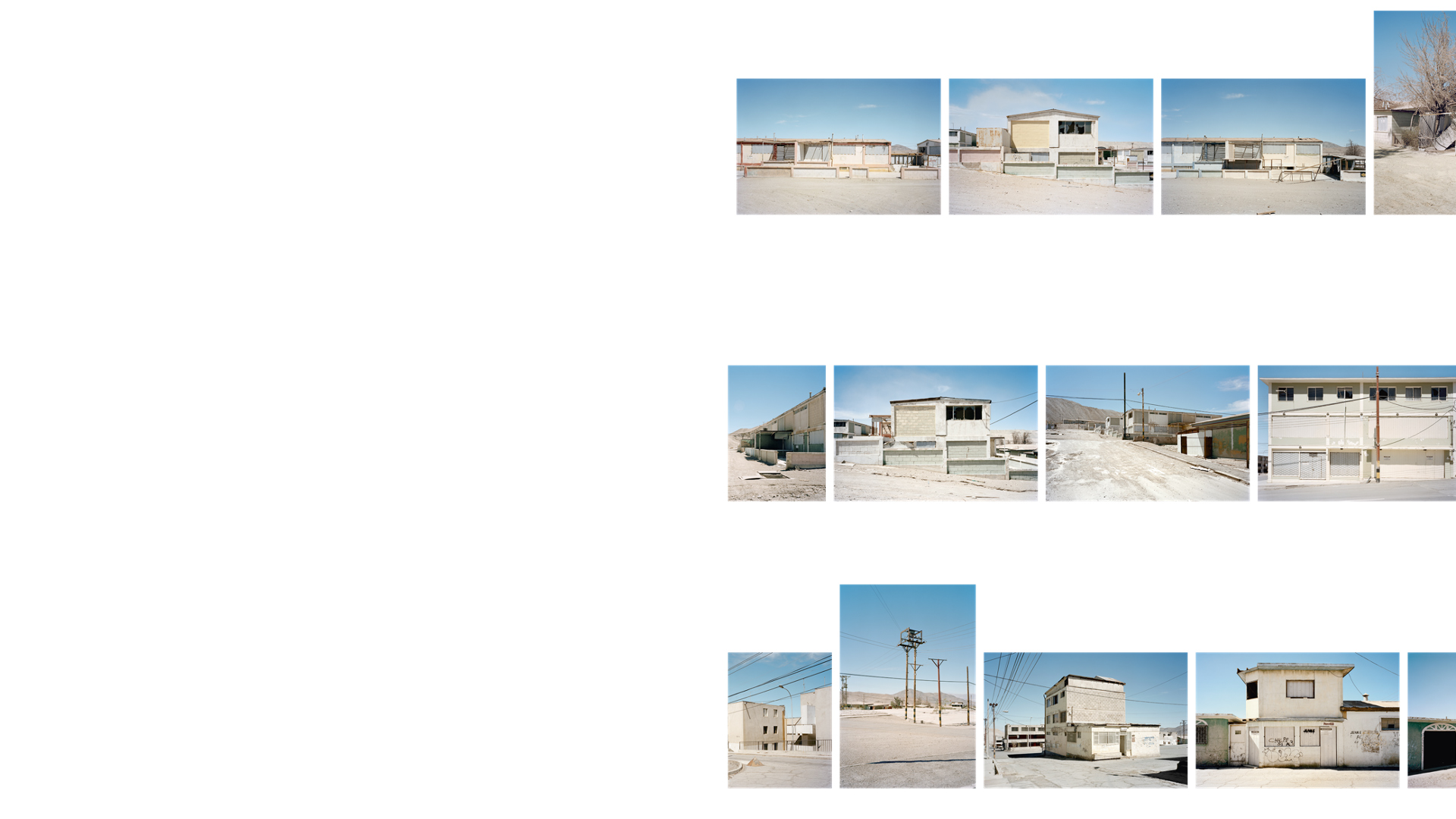
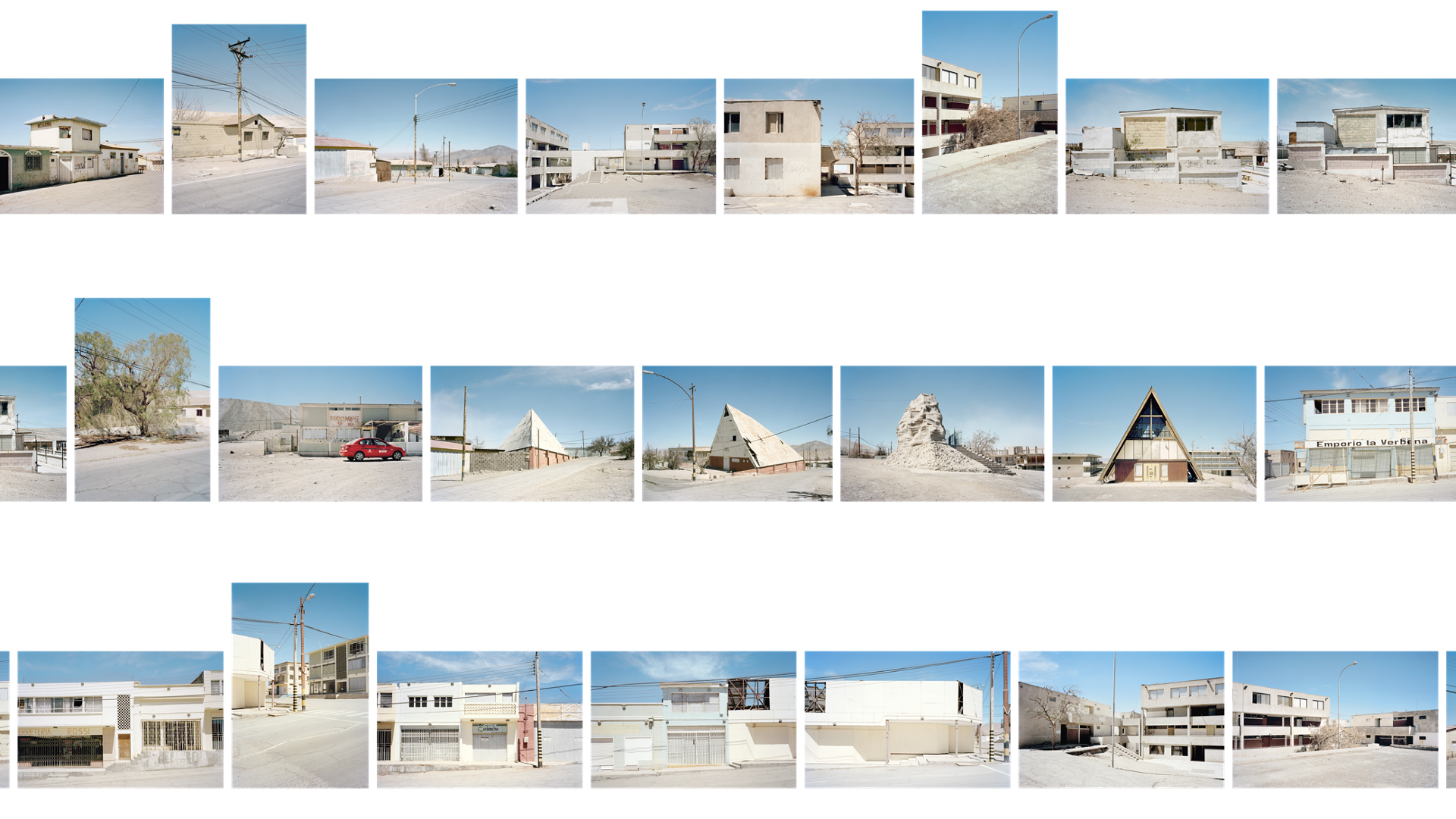
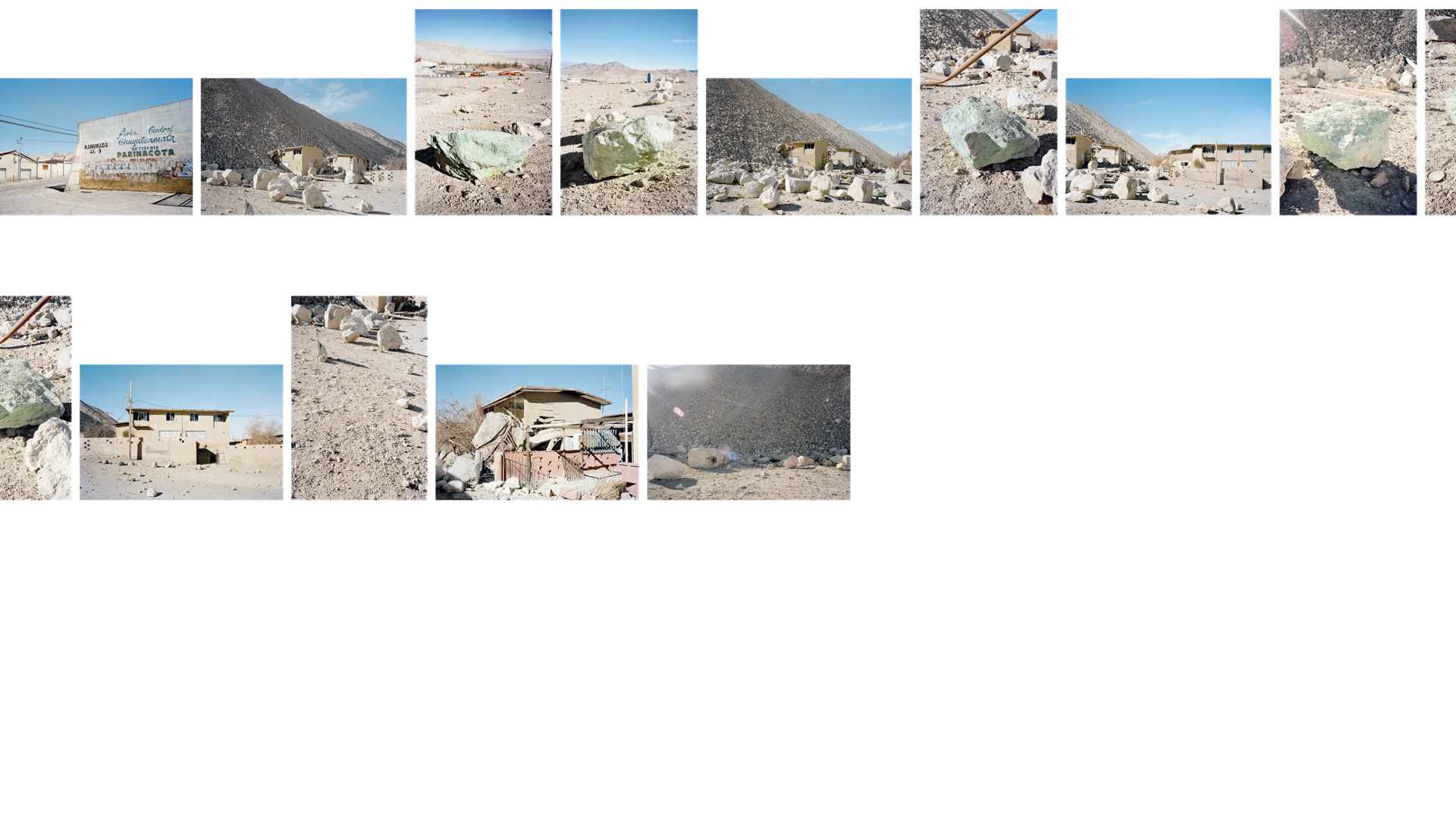
--
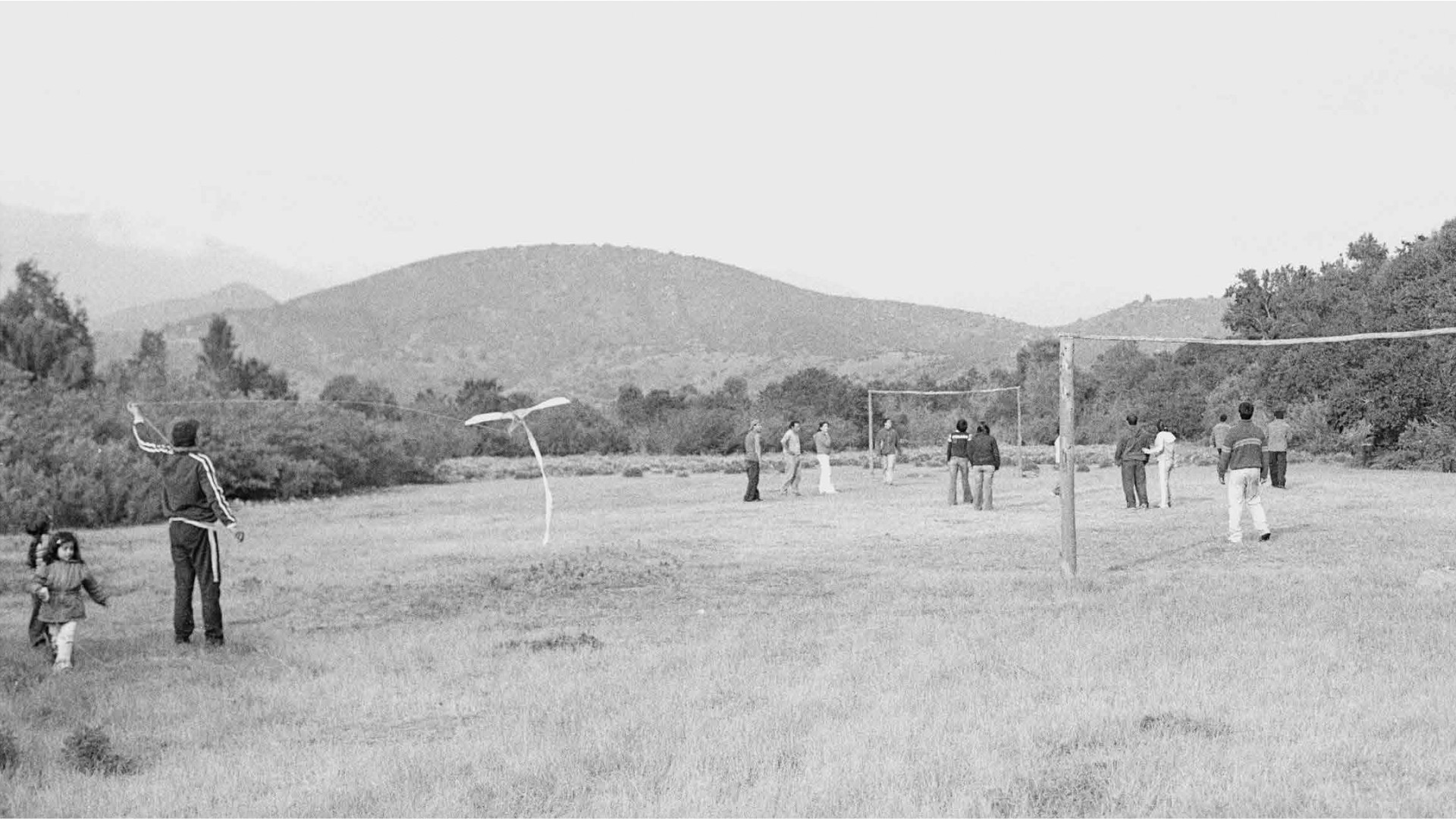
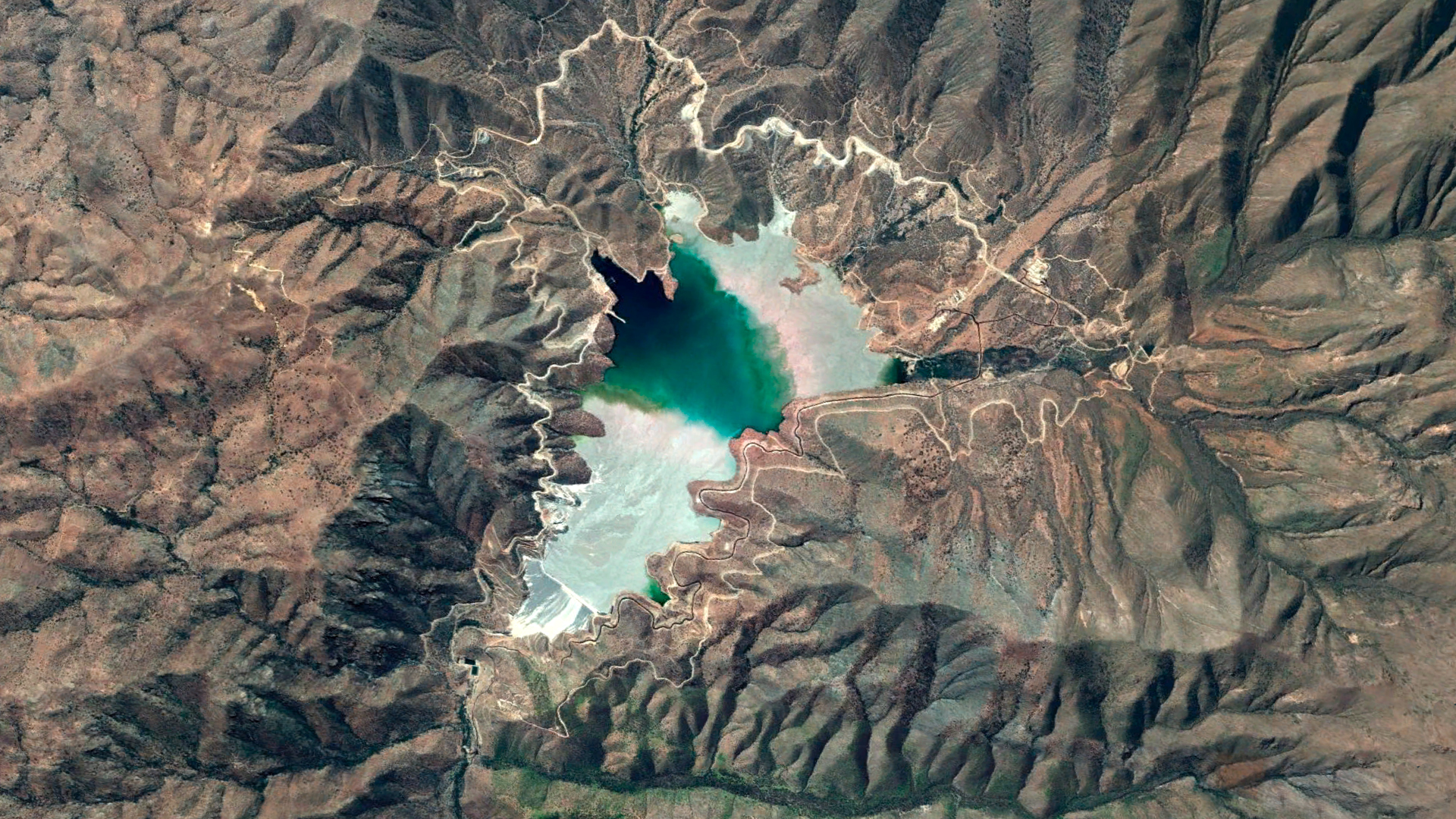


After copper is ground in the Andes, it is transformed into copper concentrate (raw material for all copper smelters). This black powder is transported to the Port of Pacific, through a pipeline. For this mode of transportation, the company uses large quantities of water as well as gravity to create flows. At the Port of Pacific, the concentrate is dried. The excess water contains high doses of toxins, particularly molybdenum and sulphate that cannot be used in the food chain. To dispose of these toxic liquid residues, a water-intensive monoculture of Eucalyptus specimens from Australia has been planted.
--
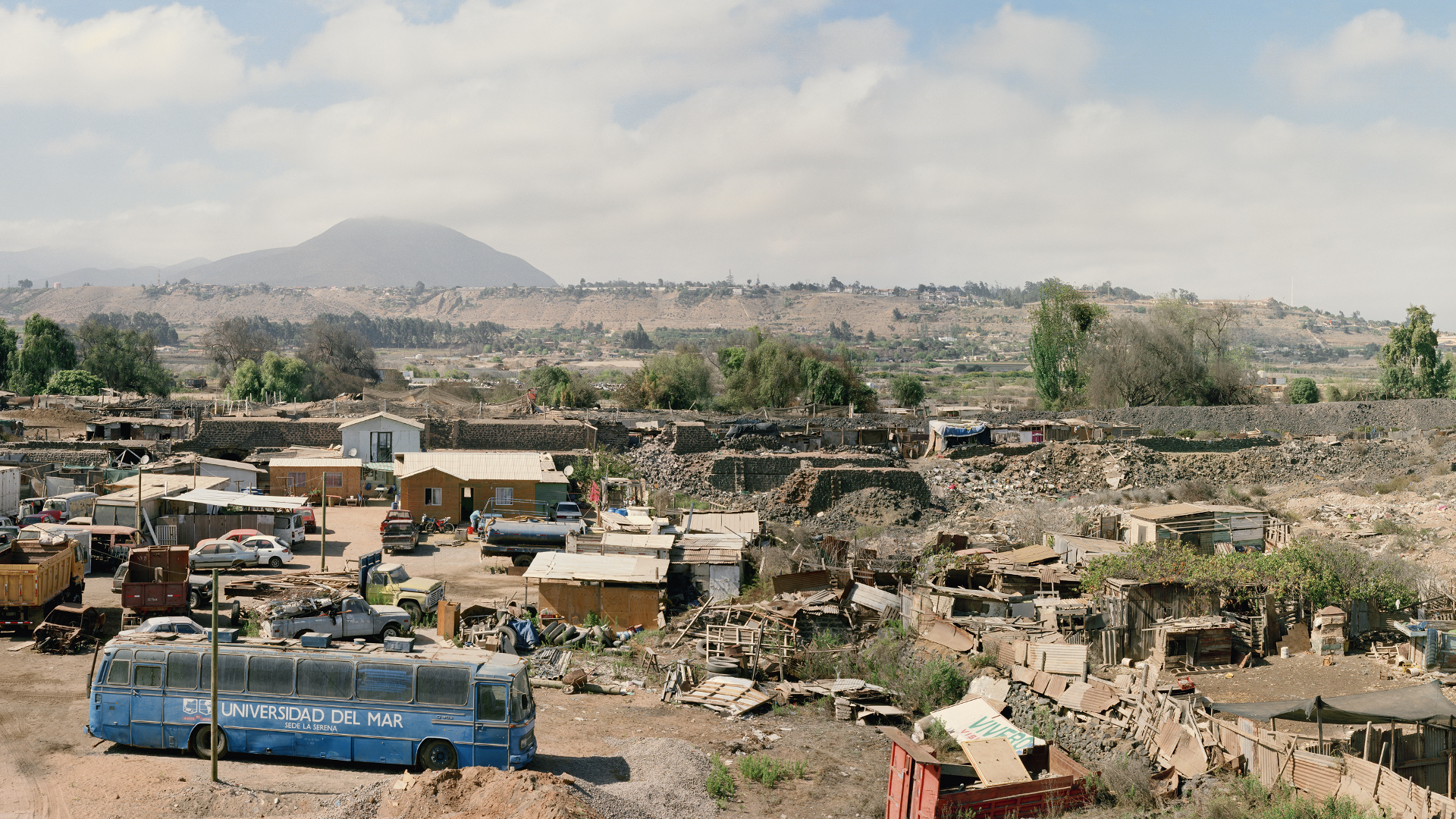
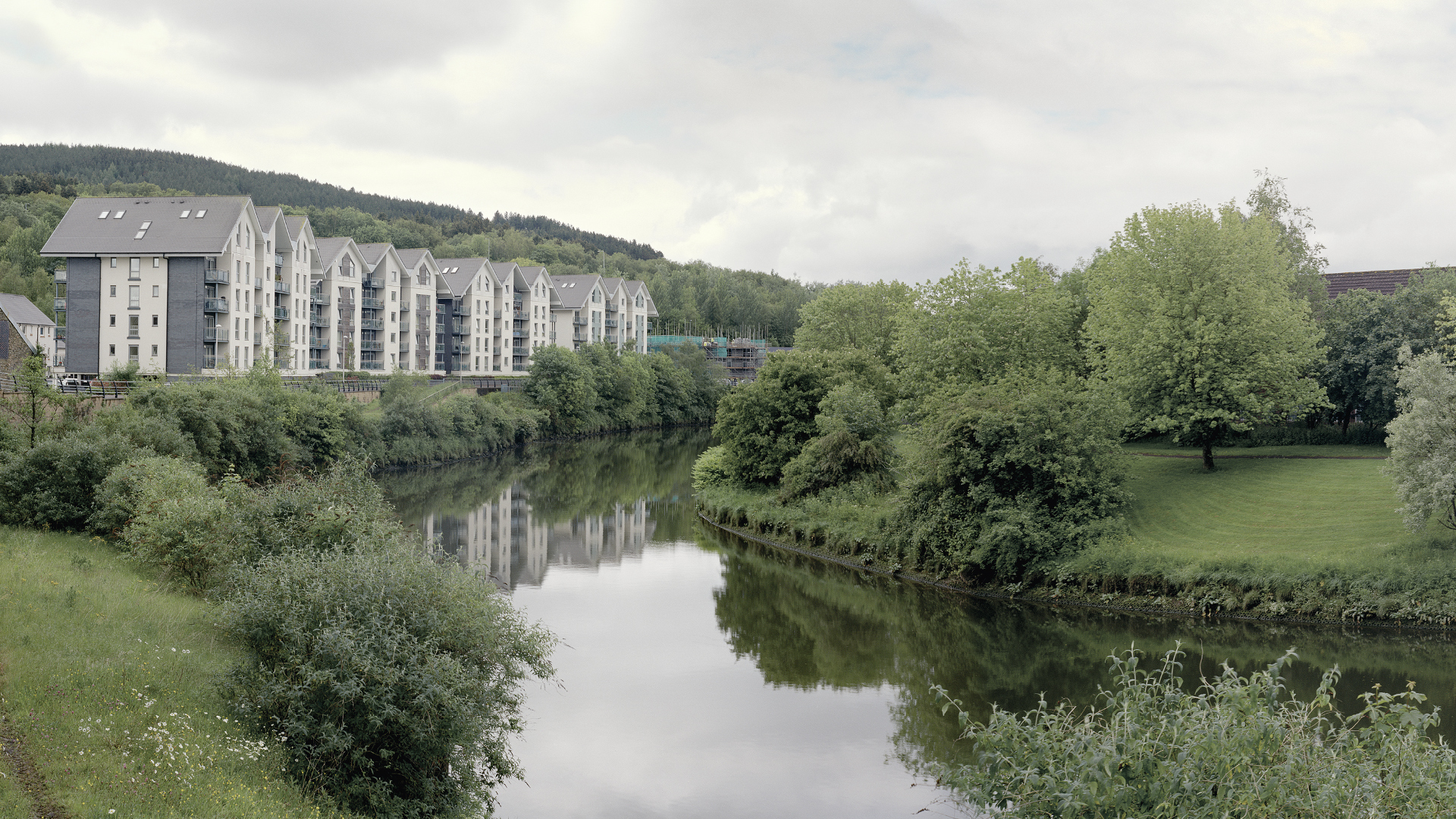
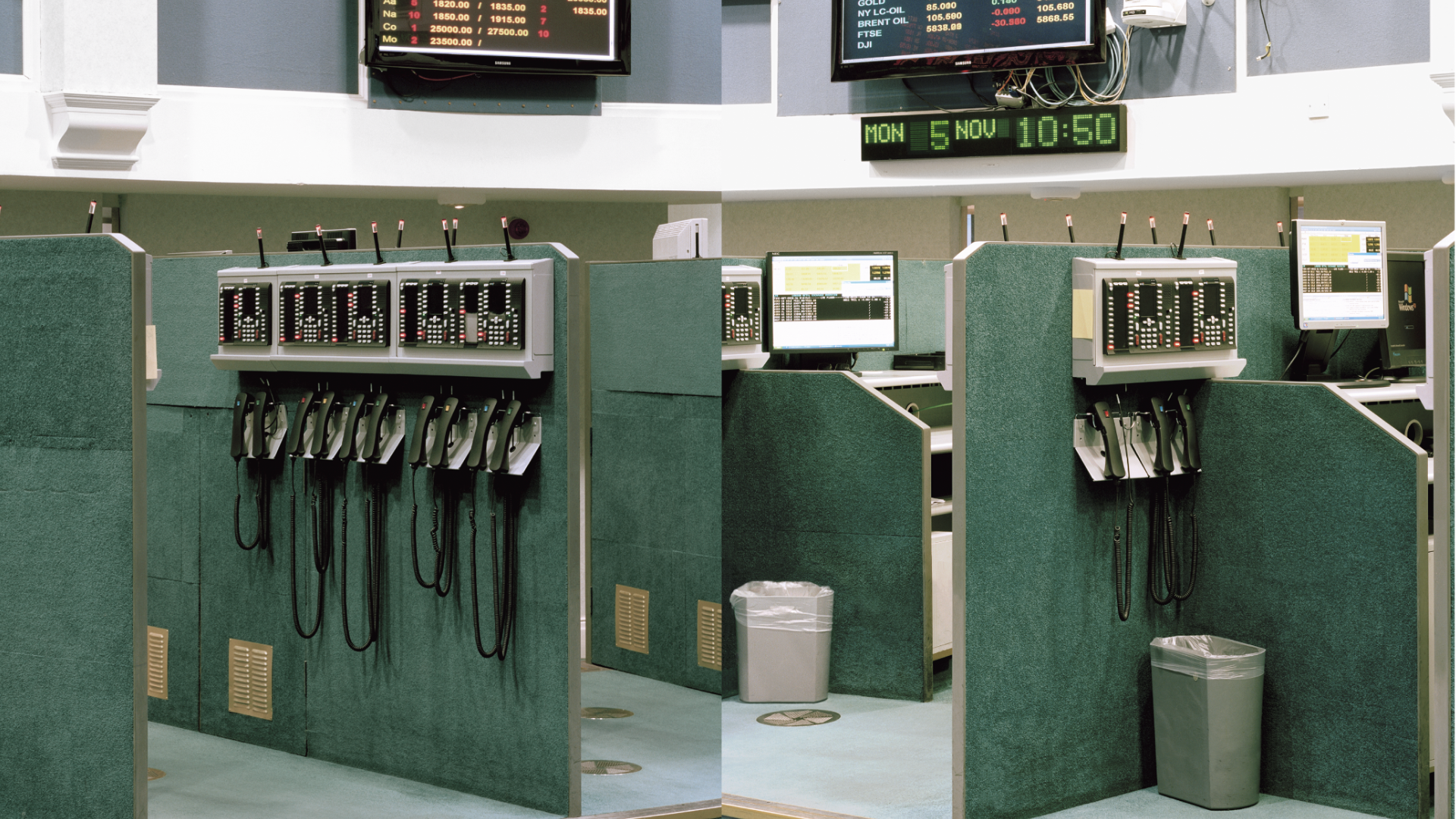
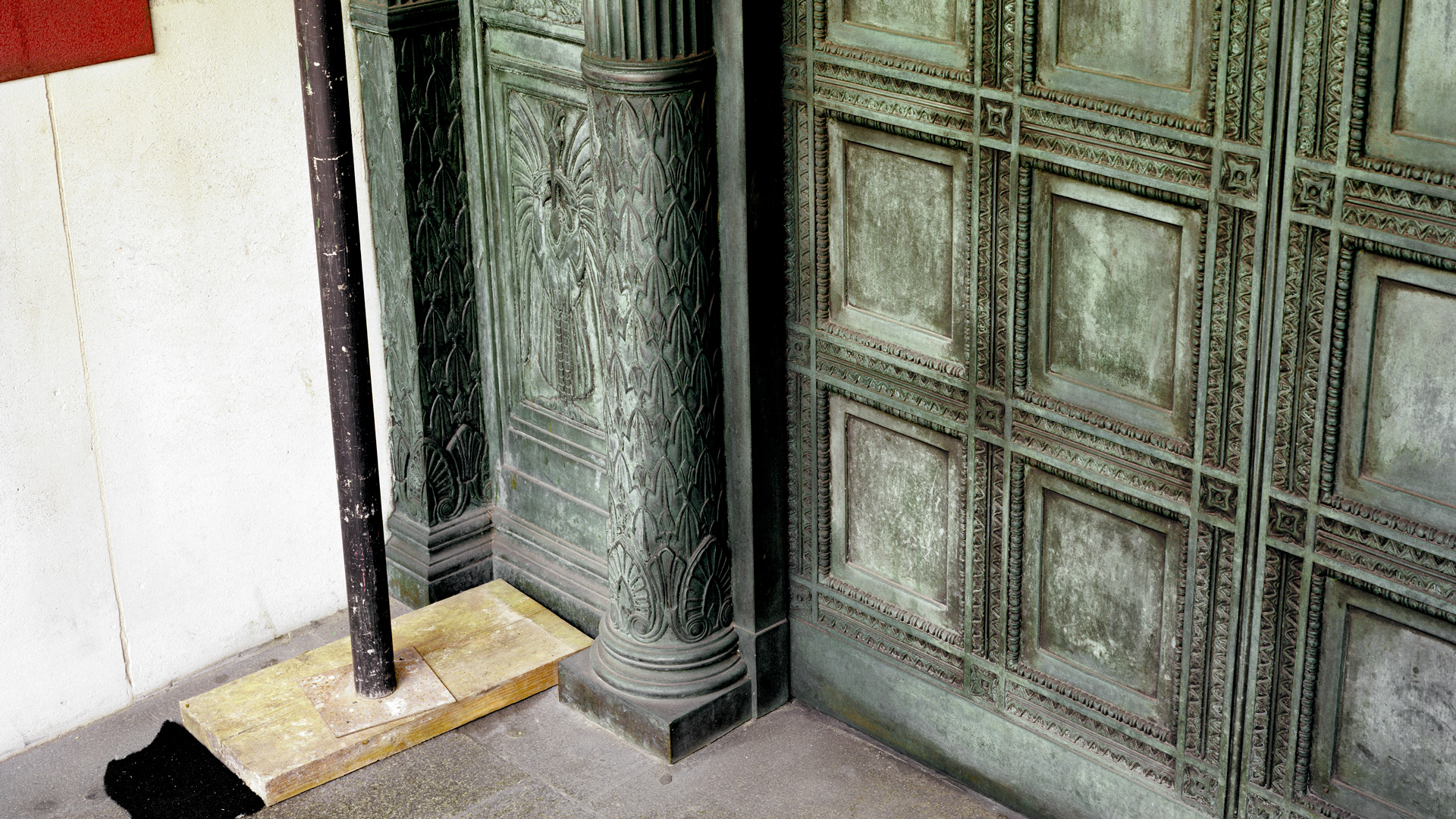

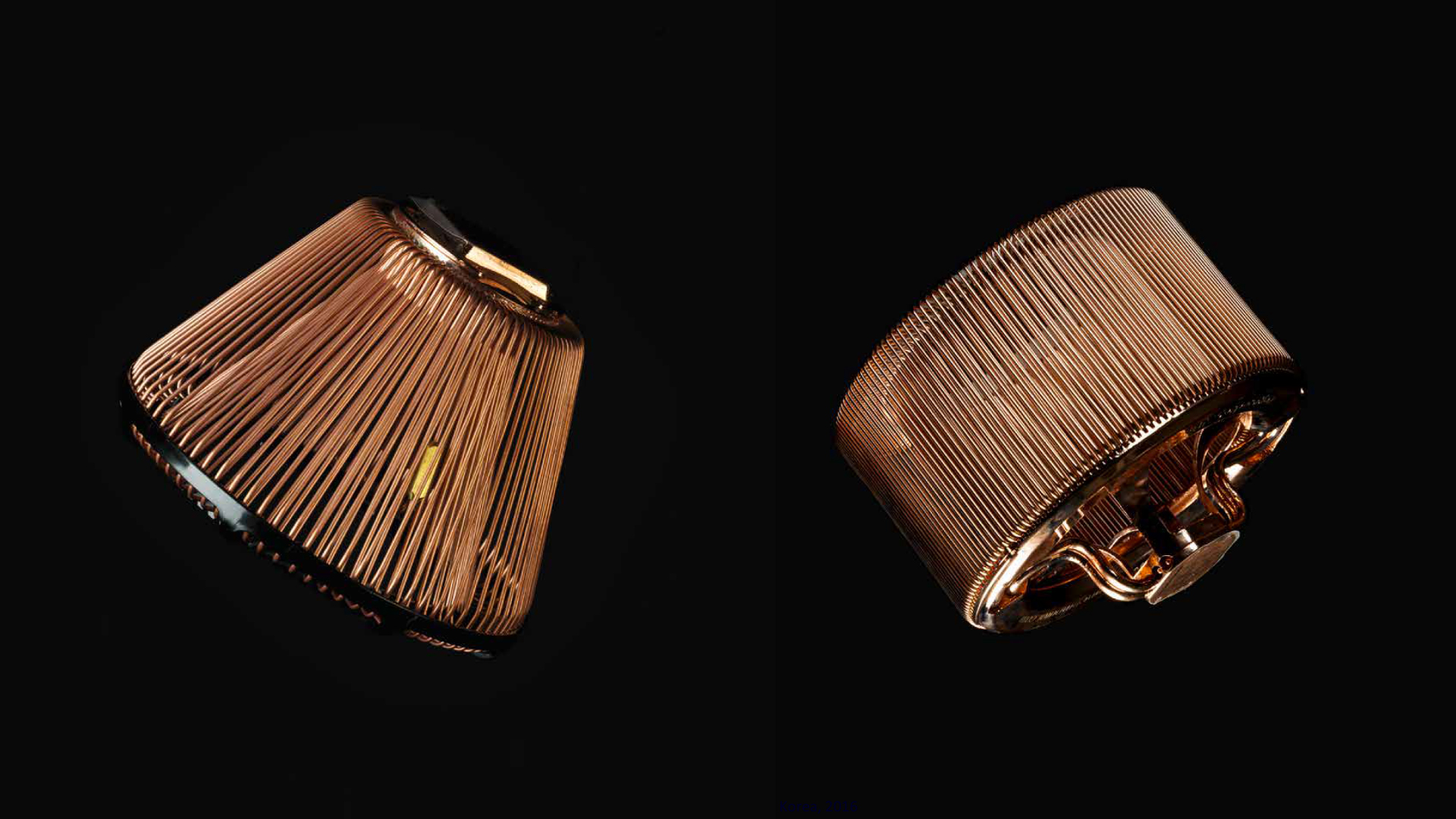
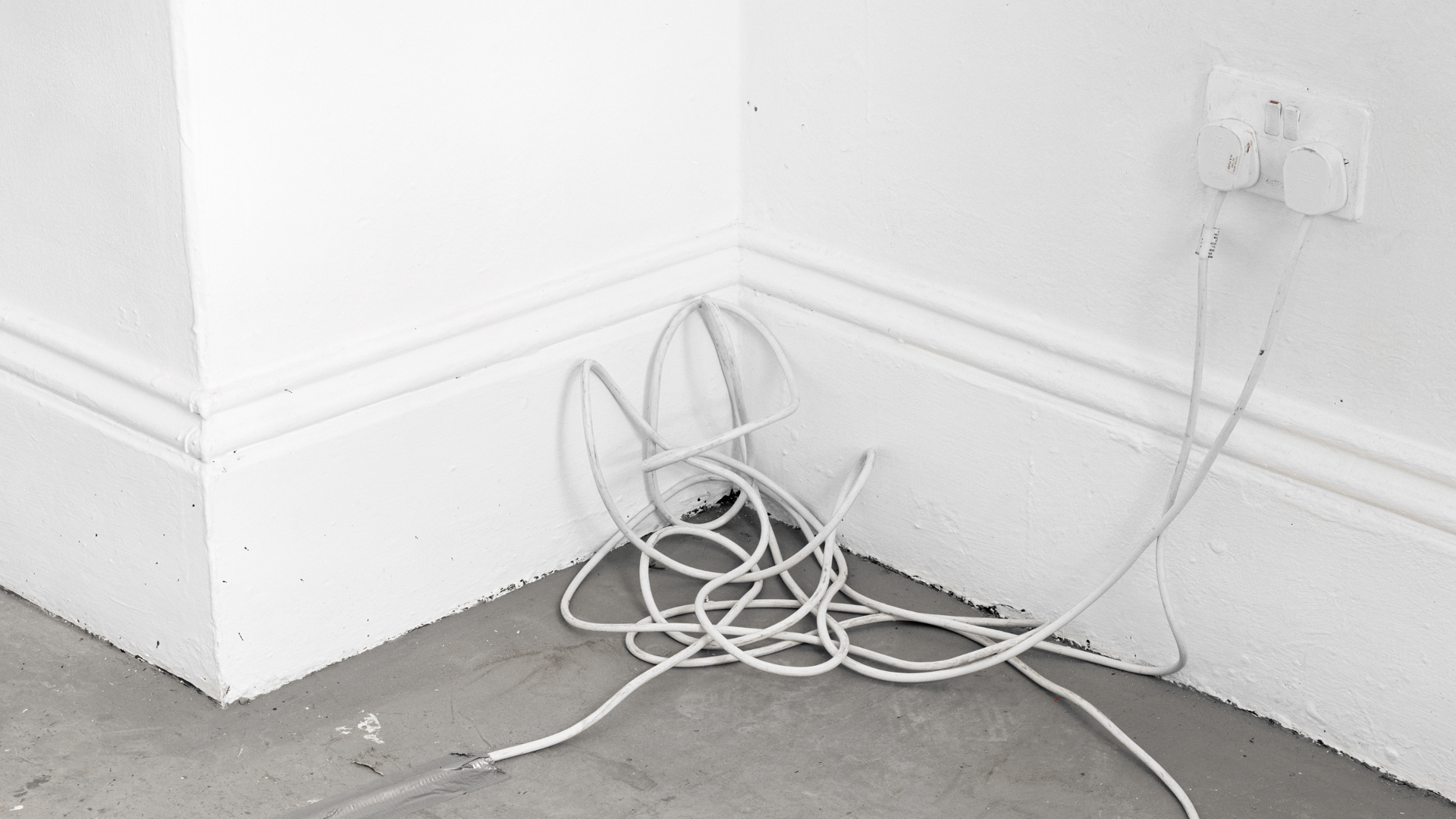

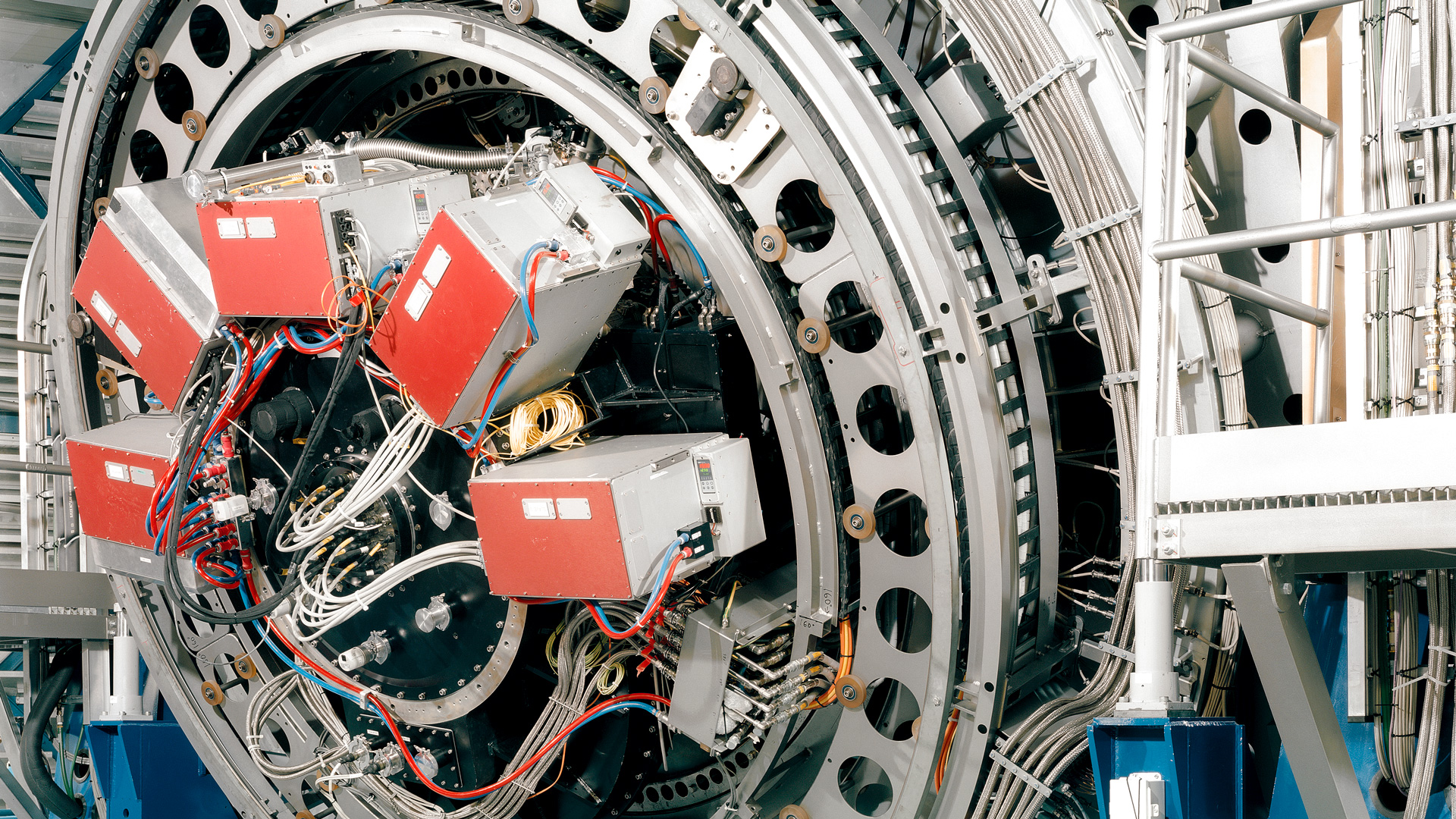
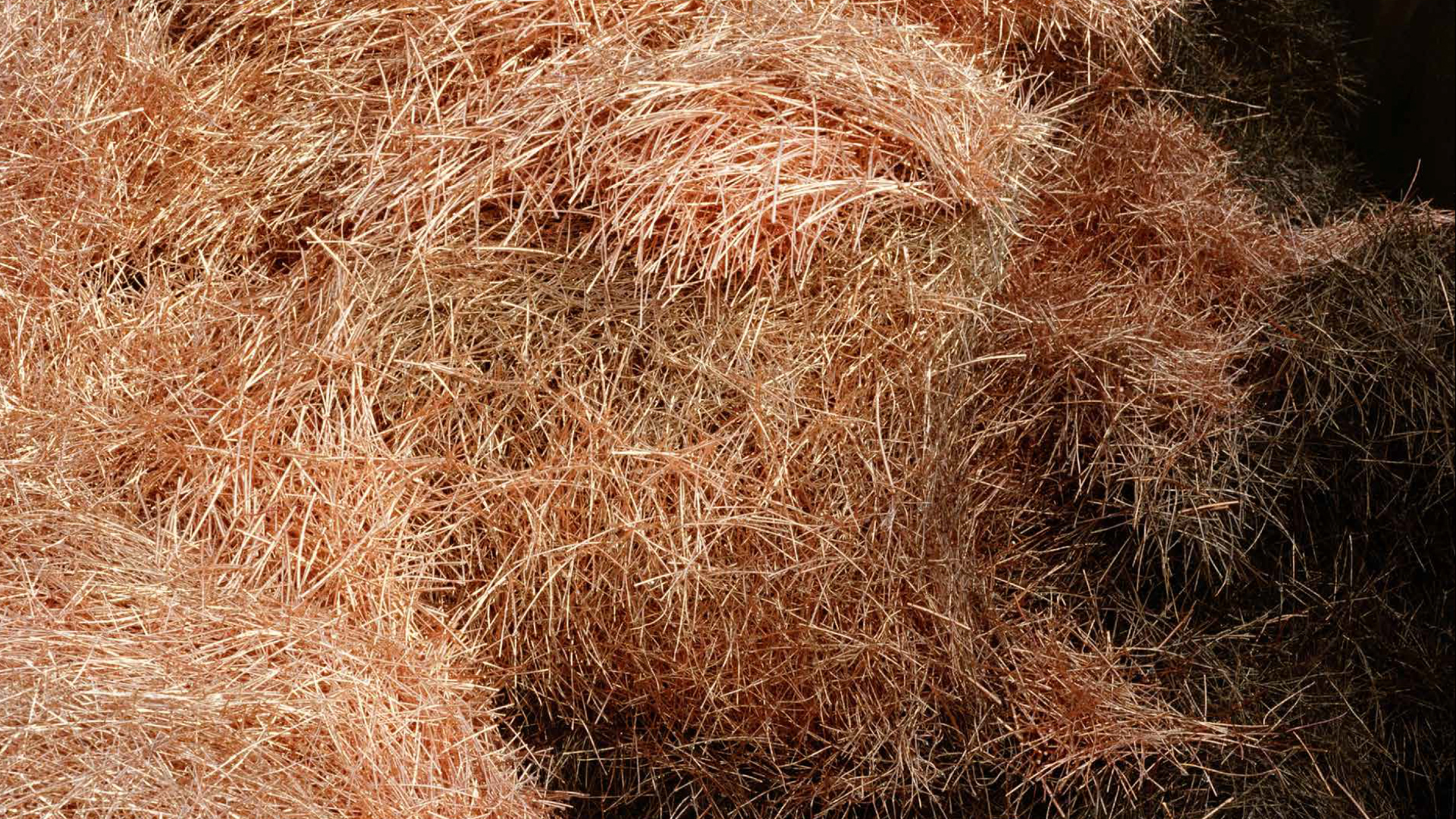
While mining is a global industry, Britain has a particular place in its networks of extraction; London is home to the head offices of the wealthiest corporations which trade in its stock markets. London is the world’s biggest centre for investment in the minerals industry. Most of the world’s biggest mining companies, and many smaller mining companies, are listed on the London Stock Exchange, including its Alternative Investment Market (AIM). British high street and investment banks, pension funds and insurance companies invest hundreds of millions of pounds a year in scores of mining projects across the globe, connecting working people’s earnings in Britain with the fate of mining-affected communities around the world (London Mining Network).
Copper returns to the territories where it originated from but with added value and in the form of technology.
--
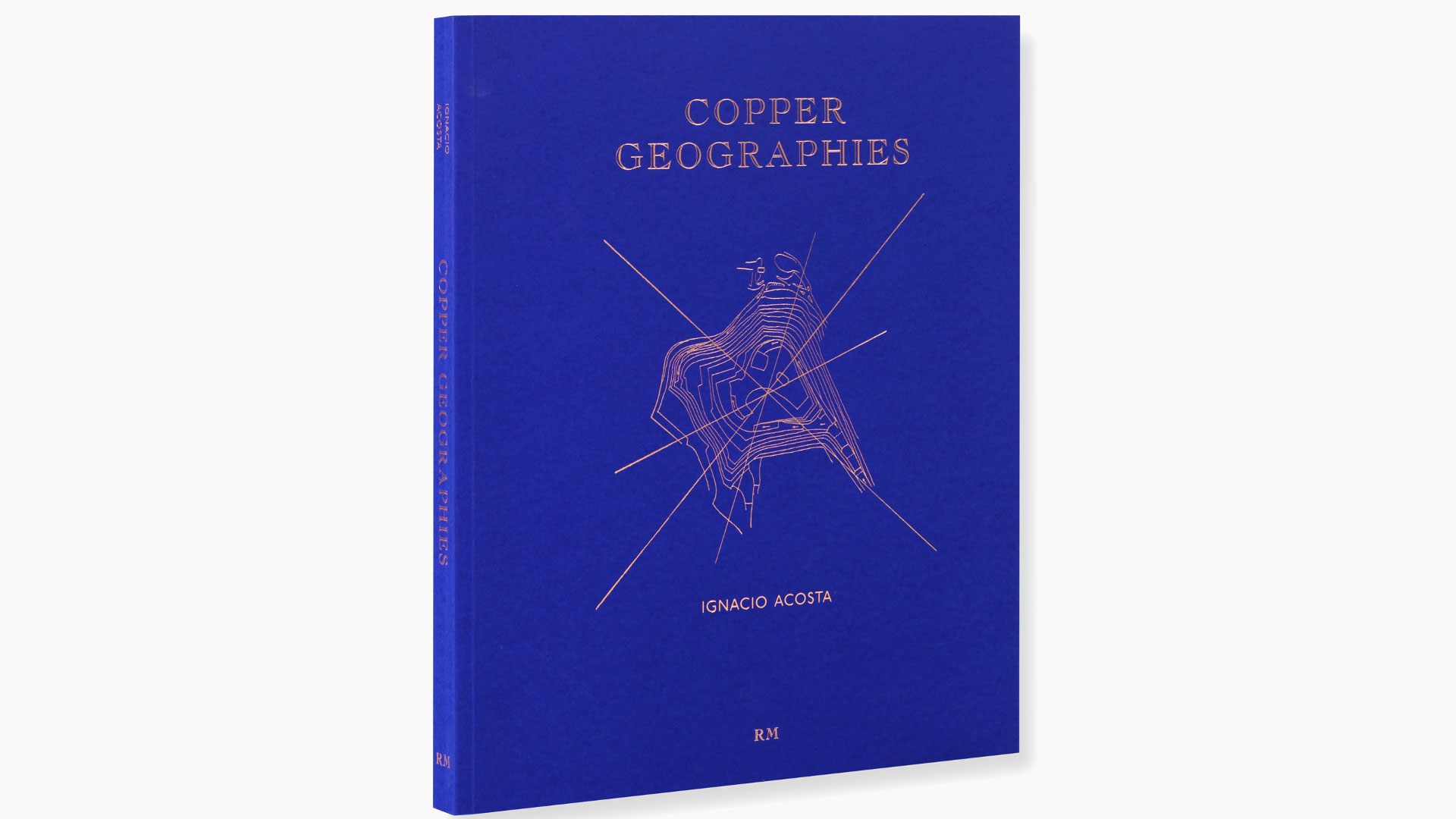
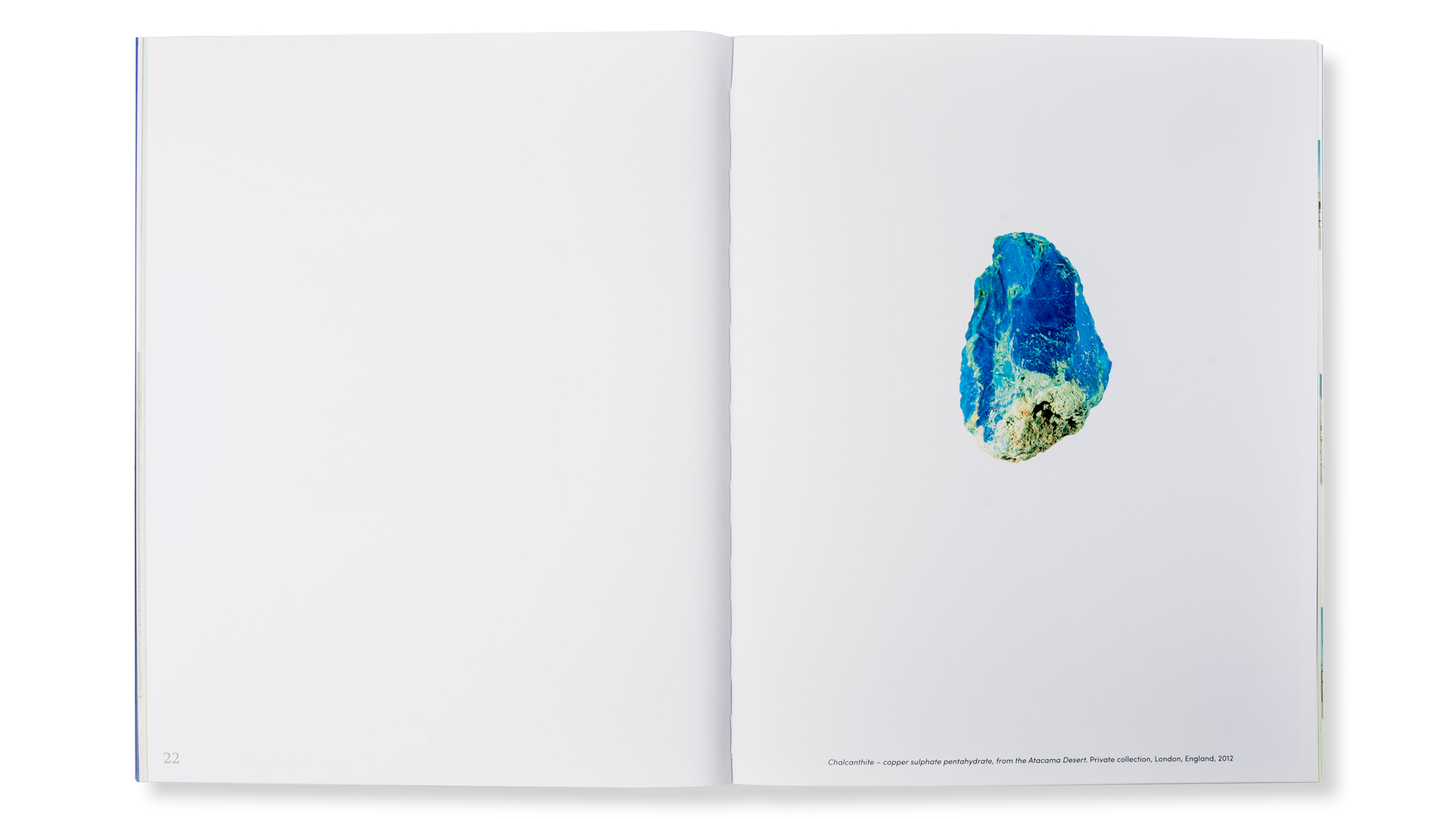

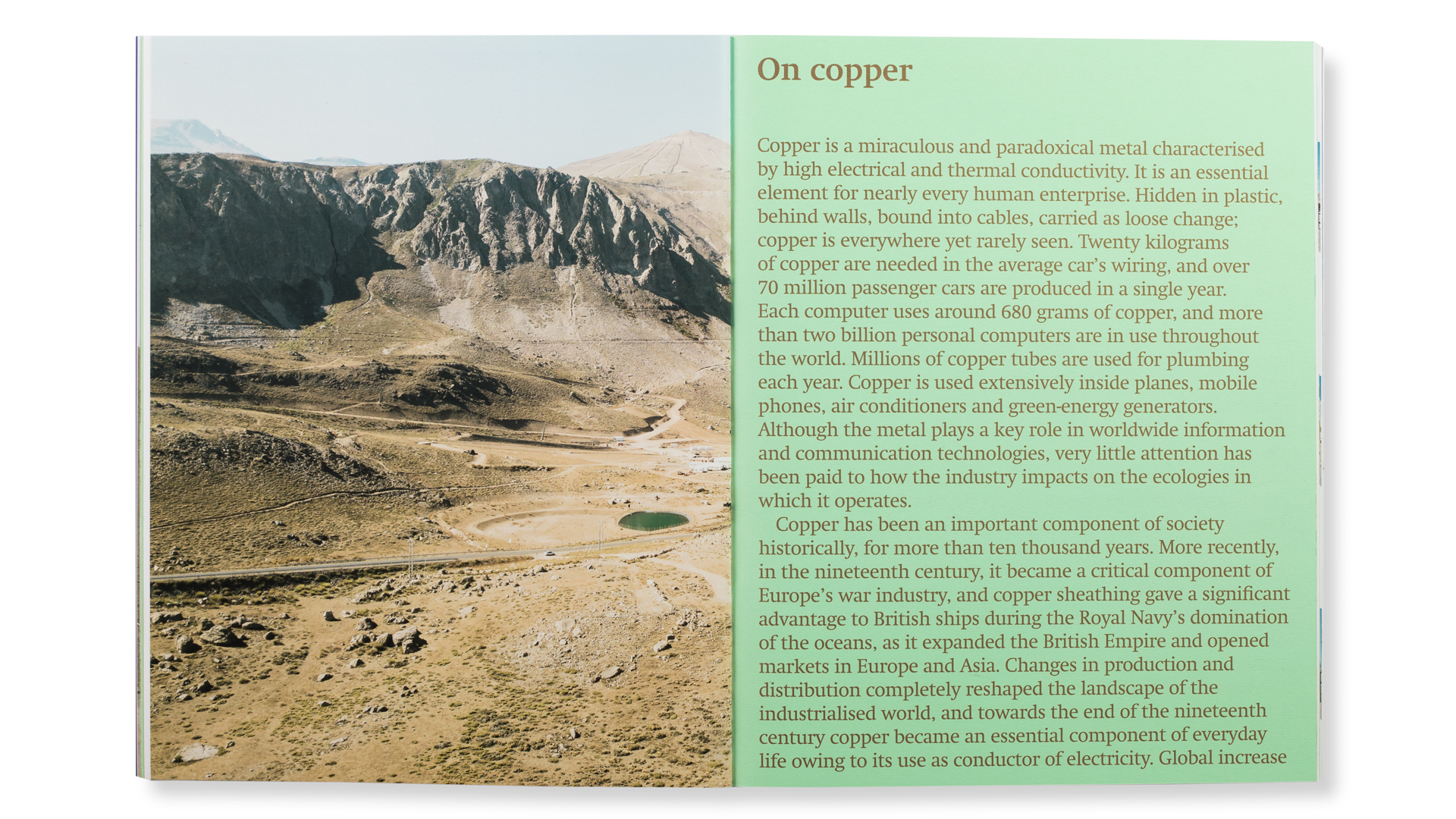
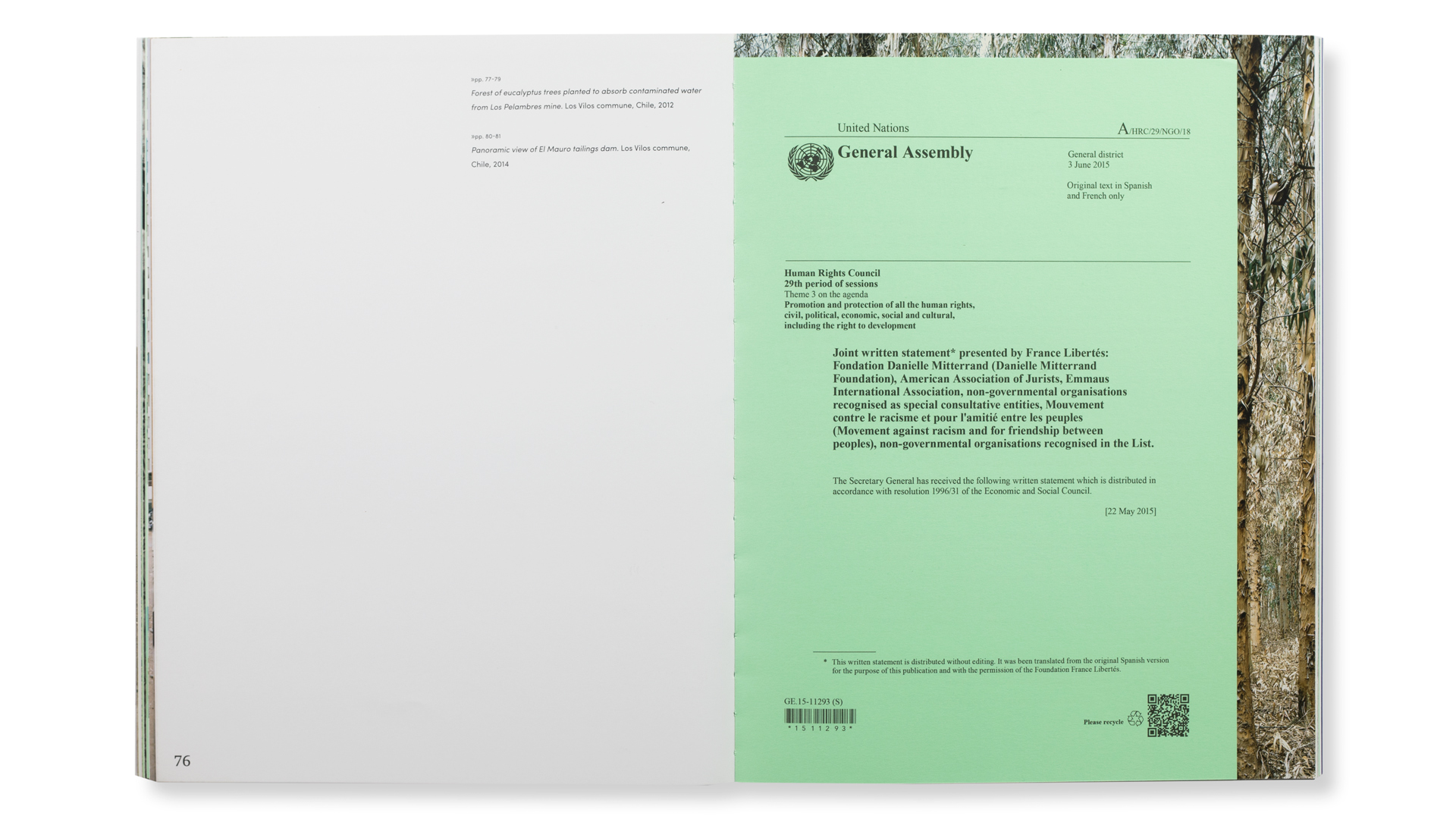
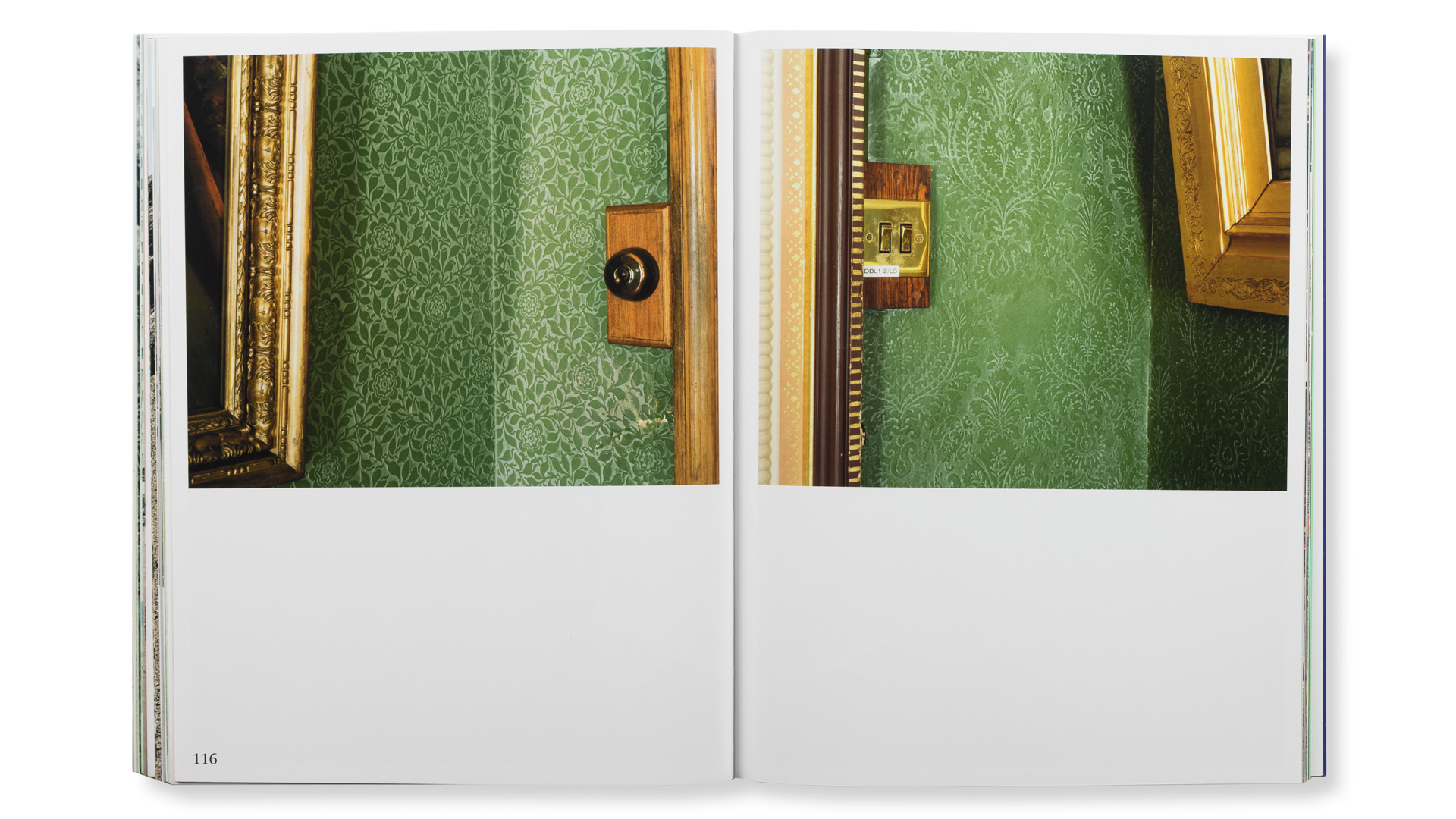
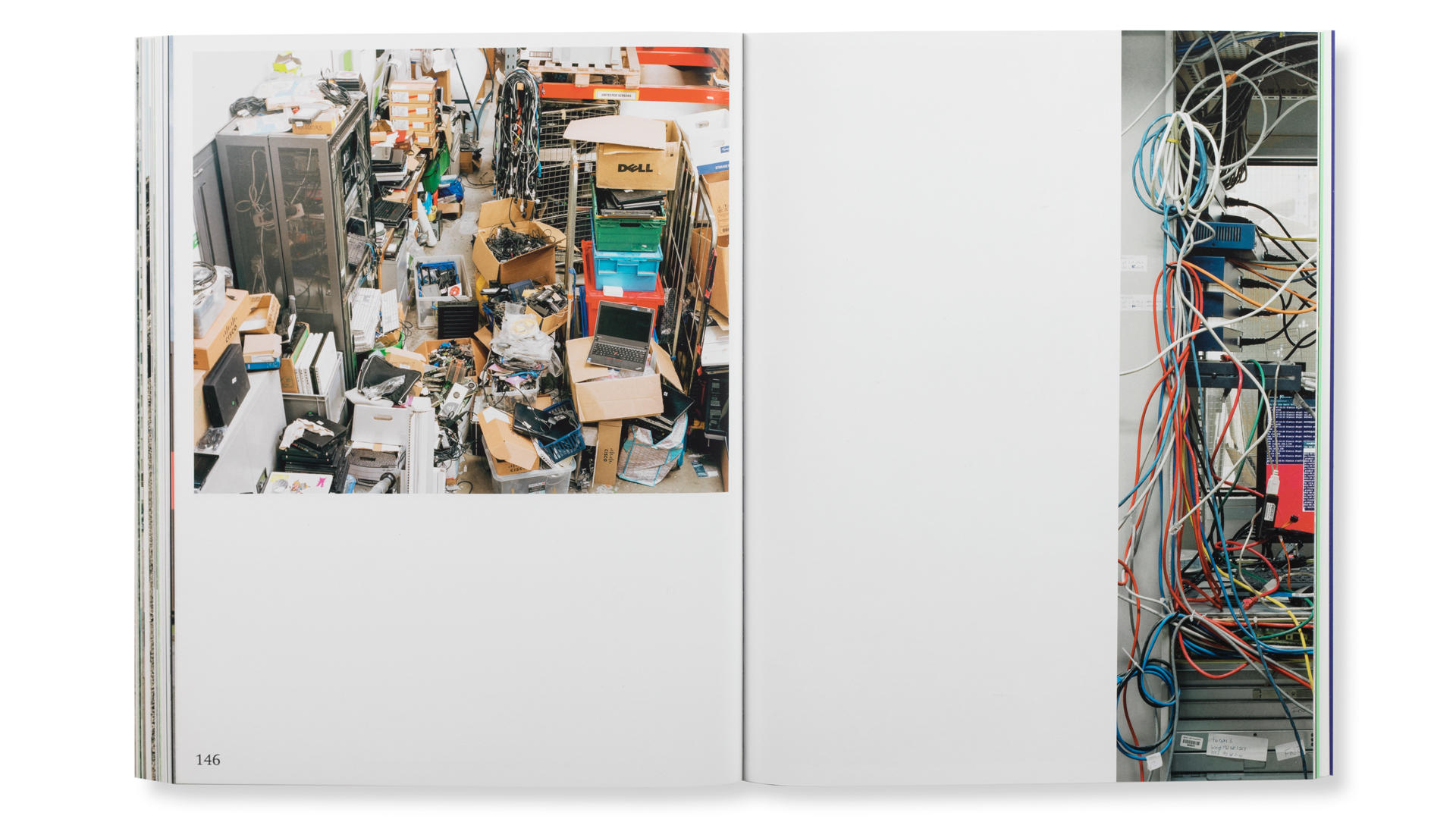
The publication presents documentary research in the form of maps, photographs and texts, and offers a critical spatial imaginary for re-thinking the geographies of copper. It includes six written contributions by curators, historians and poets: Andrés Anwandter, Marta Dahó, Tehmina Goskar, Tony Lopez, Louise Purbrick and Frank Vicencio López.
Copper Geographies stems from the practice-based PhD thesis The Copper Geographies of Chile and Britain: A photographic study of mining, carried out between 2012-2016 as part of Traces of Nitrate, a research project developed in collaboration with Art and Design historian Louise Purbrick and photographer Xavier Ribas, based at the University of Brighton and funded by the Arts and Humanities Research Council (AHRC).
--
Exhibitions
Intersectional Geographies, Martin Parr Foundation, Bristol, UK, 2022
En Paisaje | Experiencia | Producción, Museo de Arte Contemporaneo Santiago, Chile 2022
The Climate Emergency in 50 Rounds, Fotobokfestival Oslo, 2020
--
Publications
Maja Fowkes, Reuben Fowkes Art and Climate Change (World of Art), Thames & Hudson, London, 2022
Arts contemporains et anthropocène, Edited by Méaux D. and Tichit J. Hernann, Editions Hermann, France, 2022
Photographie contemporaine & anthropocène, Ed. by Méaux D. and Tichit, J. Filigranes Edition, France, 2022
Ignacio Acosta, Copper Geographies , Editorial RM, 2018
Ignacio Acosta The Copper Geographies of Chile and Britain: A Photographic Study of Mining. Phd Thesis, University of Brighton, 2016
Beyond Gated Communities, Edited by Samer Bagaeen, Ola Uduku 2015
--
Reviews
Lur Magazinne by Chiara Sgaramella, 2020
Lur Magazinne by Ruber Arias, 2020
De Correspondent by Jan van Poppel, The Netherlands, 2020
Panorama, 2020
Tank Magazine, 2019
Transfer: Global Architecture Platform, 2019
--